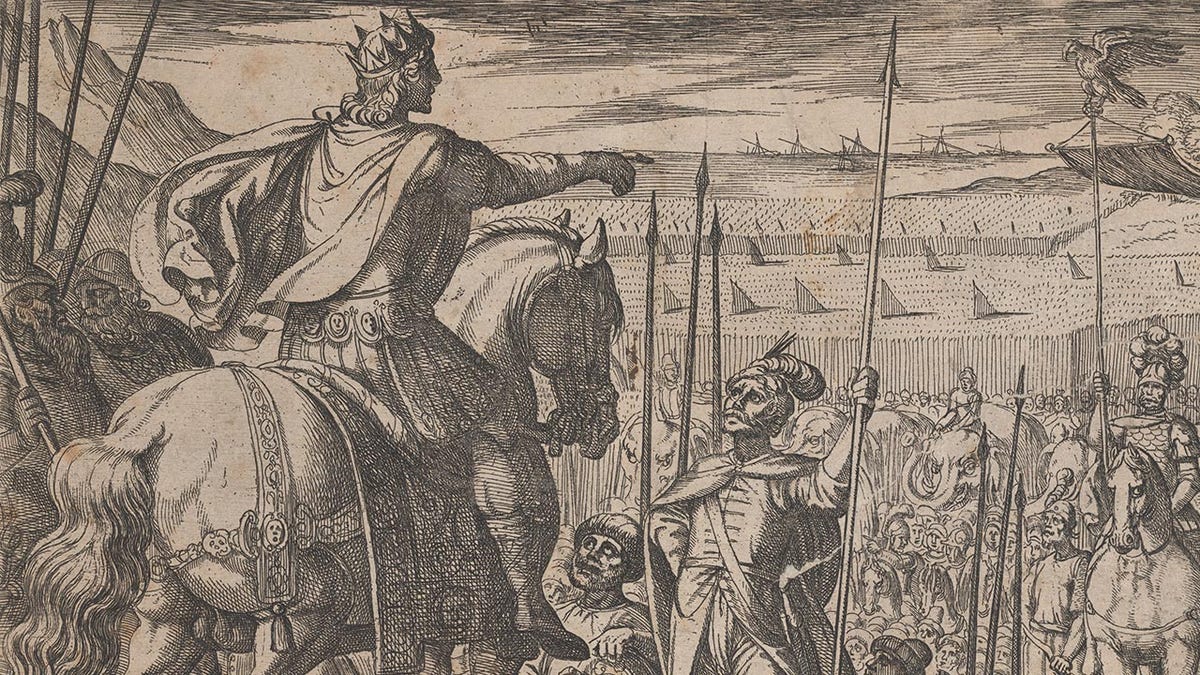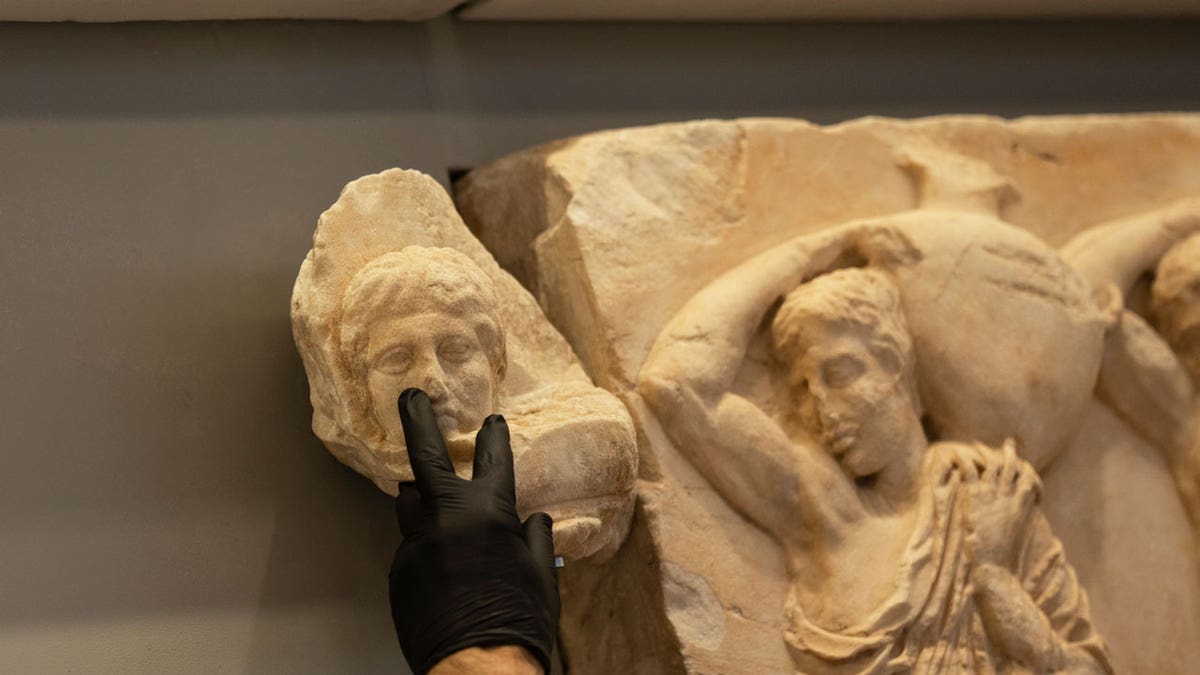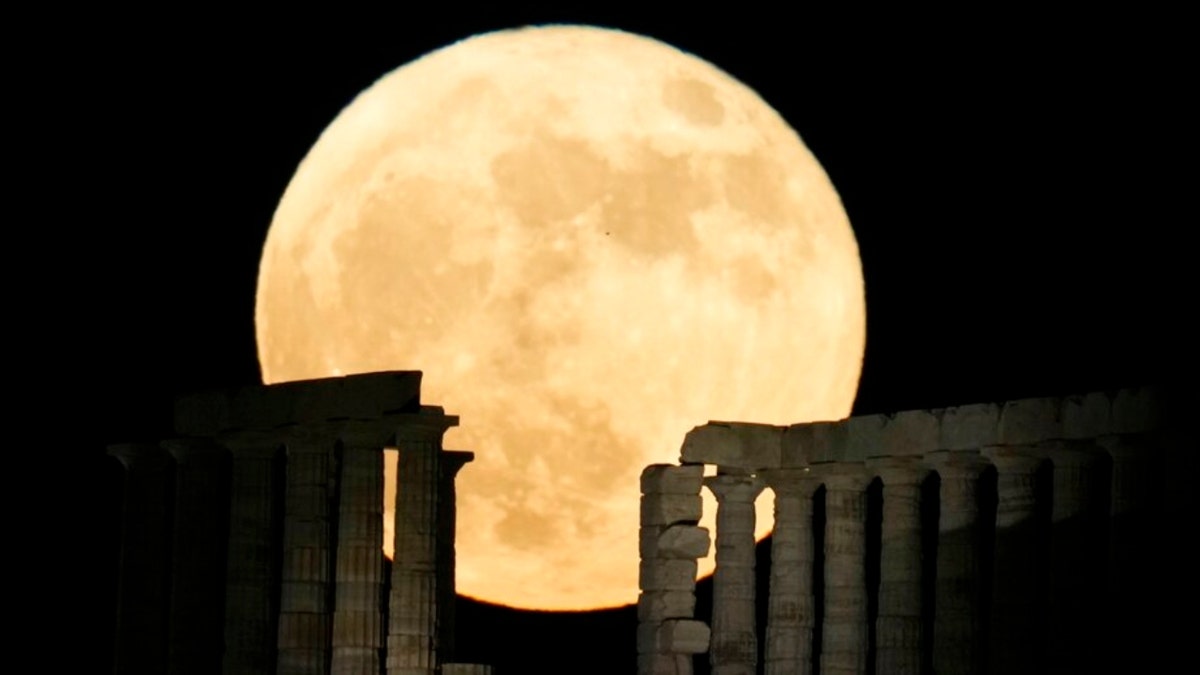Alexander the Great’s father’s remains have been identified in a Greek tomb using X-ray analysis, a new study says.
The new international — yet controversial study — states that archaeologists previously had the wrong tomb identified in Vergina, Greece, as containing Alexander the Great’s father, Philip II of Macedon, according to Live Science.
The site contains three 4th century B.C.E. tombs.
The study was first published in the December issue of Journal of Archaeological Science: Reports.
ANCIENT TOMB MAY HAVE BELONGED TO A COURTESAN WITH ALEXANDER THE GREAT’S ARMY, ARCHAEOLOGISTS REVEAL

Alexander Instructing his Soldiers, from The Deeds of Alexander the Great, 1608. Artist Antonio Tempesta. (Heritage Art/Heritage Images via Getty Images)
Along with Alexander the Great’s father, Philip II of Macedon, the researchers said the three tombs also contain Alexander’s half-brother, King Philip III Arrhidaeus, and his teenage son, Alexander IV.
In ancient times, Vergina was Macedonia’s original capital, known as Aegae.
The archaeologists took x-rays of the skeletons in the tombs and compared them to detailed descriptions about the Macedonian royals, including height, weight, injuries and physical anomalies, according to Live Science.
Alexander’s father’s remains were identified by a knee injury that was “consistent with the historic evidence of the lameness of King Philip II,” the study said, according to Live Science.
He was located in what is known as Tomb I rather than Tomb II, which he had previously thought to have been in, according to the study.
The Vergina site was first discovered in the 1970s, but debate has ensued about which royals were buried in each tomb.
WHY ARE MEN OBSESSED WITH THE ROMAN EMPIRE? HISTORY EXPERT SAYS IT’S A ‘VERY AMERICAN THING’

Remnants from Greece’s ancient Parthenon in Athens. (AP Photo / Petros Giannakouris / File)
Antonios Bartsiokas, the study’s lead author, told Live Science the research “was like a fascinating detective’s ancient story,” Bartsiokas is an anthropology and paleoanthropology professor at Democritus University of Thrace in Komotini, Greece.
The researchers located King Philip III Arrhidaeus, Alexander the Great’s half-brother and successor, in Tomb II.
“His skeletal evidence and the pattern of his cremated bones have been shown to be consistent with the circumstances of the death of King Arrhidaeus and his wife,” Bartsiokas said, according to Live Science. “Tomb I was a very small and poor tomb and Tomb II was very big and rich. This ties with the historical evidence that Macedonia was in a state of bankruptcy when Alexander started his campaign and very rich when he died. This is consistent with Tomb I belonging to Philip II and Tomb II belonging to his son Arrhidaeus.”
Philip II is believed to be interred with his wife and baby.

A full moon rises in Greece. (AP Photo / Thanassis Stavrakis / File)
Bartsiokas added, “This was the only newborn in the Macedonian dynasty to have died shortly after it was born. The age of the female skeleton at 18 years old was determined based on the epiphyseal lines of her humerus. [This number] coincides with the age of [his wife Queen] Cleopatra from the ancient sources.”
He explained that the remains in Tomb II were also not found to have an eye injury as previously believed. Tomb I’s remains could not definitely determine if there was an eye injury due to its deterioration.
CLICK HERE TO GET THE FOX NEWS APP
“Philip II is known from ancient sources to have suffered an eye injury that blinded him,” Bartsiokas said, according to Live Science. “I was surprised to find [the] absence of such an eye injury in the male skeleton of Tomb II, which was initially widely described as a real injury that identified Philip II. In other words, this was a case of a description of a morphologic feature that did not exist.”
Alexander IV was determined by the study to be in Tomb III.

